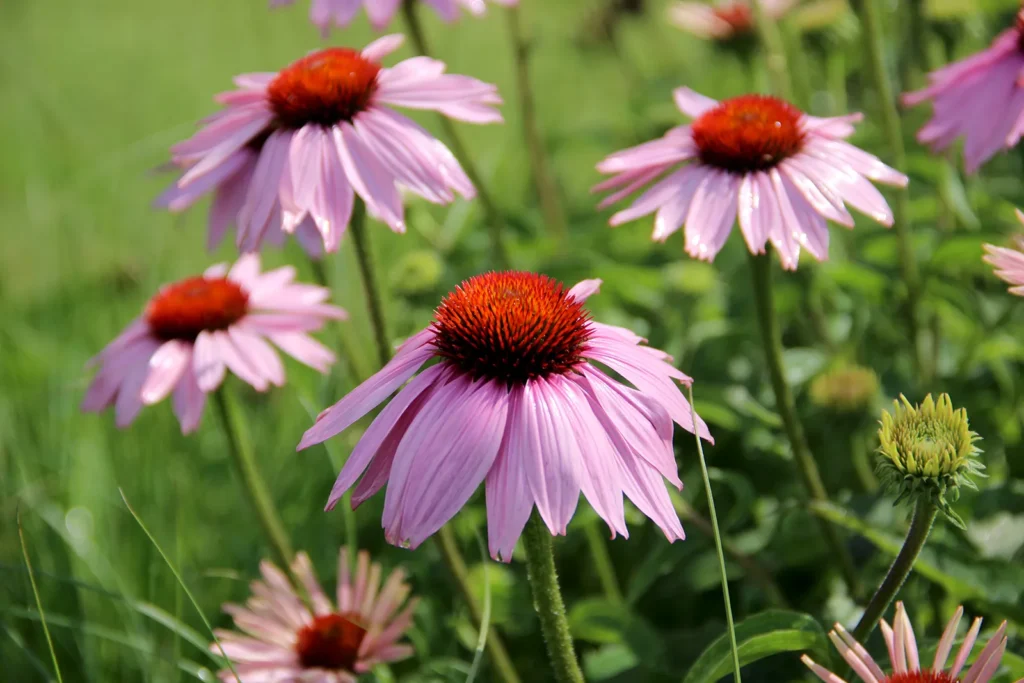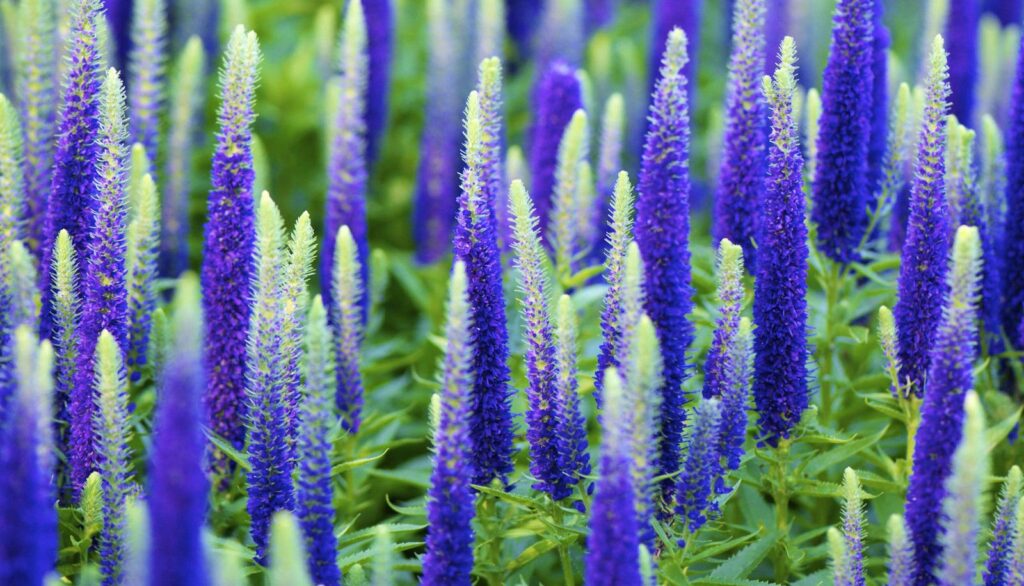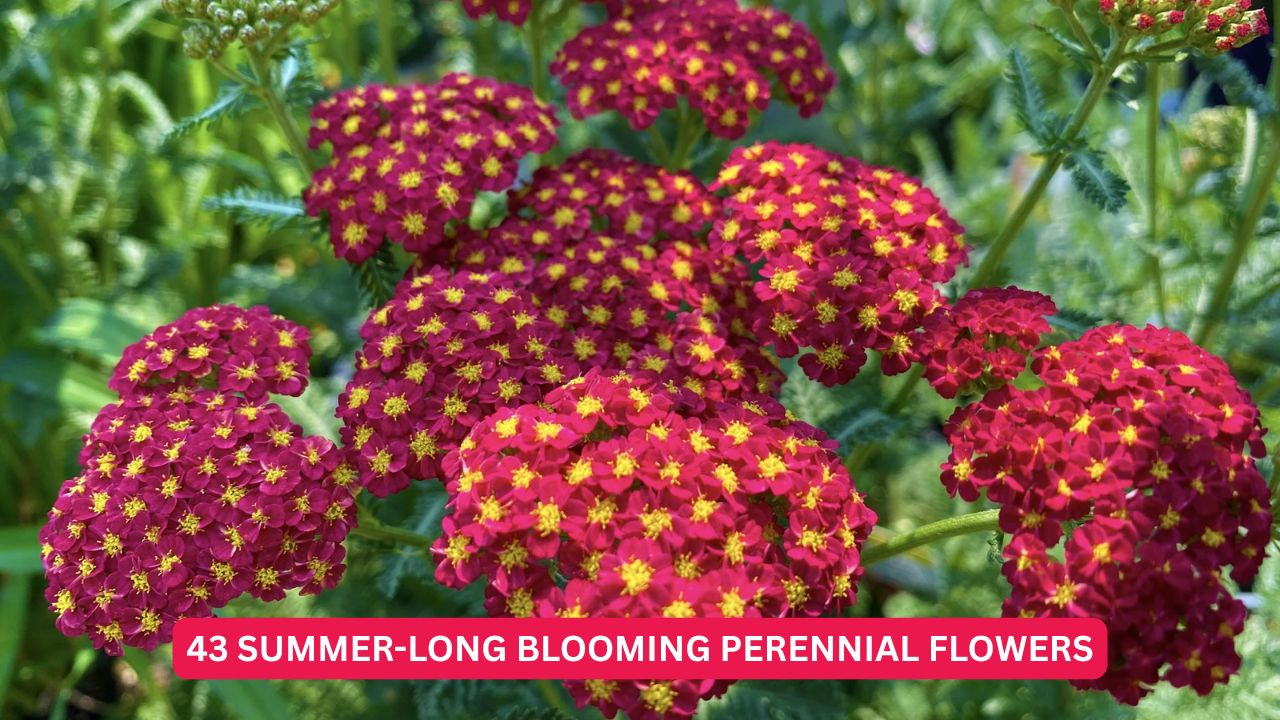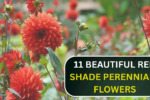Creating a garden that stays vibrant all summer long is easier than most think—thanks to perennial flowering plants that bloom steadily from late spring to early fall. These reliable blooms not only add color and texture but also attract pollinators and require minimal maintenance. Whether you’re a seasoned gardener or a beginner looking to beautify your outdoor space, this list of 43 perennial flowers offers options for every climate, soil type, and sunlight condition.
Why Choose Summer-Blooming Perennials?
Perennials are a practical choice for any garden. Once planted, they return year after year, eliminating the need for constant replanting. Many of these plants thrive in full sun, are drought-resistant, and bloom for months with little care beyond watering and the occasional deadheading.

More importantly, many of these perennials attract pollinators like bees, butterflies, and hummingbirds—making them beneficial for the environment as well.
Top 15 Perennials That Bloom All Summer (and Beyond)
Here’s a curated list of some of the most popular and visually striking perennials that offer continuous blooms throughout summer:
- Daylilies (Hemerocallis) – Especially the ‘Stella d’Oro’ variety, known for repeat blooming and drought tolerance.
- Coneflowers (Echinacea) – Native to North America and pollinator-friendly.
- Black-eyed Susans (Rudbeckia) – Bright, cheerful flowers with a long blooming window.
- Lavender (Lavandula) – Offers fragrance and drought resistance.
- Catmint (Nepeta) – Hardy and pest-resistant, with soft lavender-blue flowers.
- Coreopsis (Coreopsis verticillata) – Blooms all summer with bright yellow flowers.
- Bee Balm (Monarda) – Attracts hummingbirds and thrives in sunny conditions.
- Phlox (Phlox paniculata) – Fragrant and comes in a range of colors.
- Yarrow (Achillea millefolium) – Drought-tolerant with flat-topped clusters.
- Salvia (Salvia nemorosa) – Purple flower spikes that bloom into fall.
- Shasta Daisy (Leucanthemum) – A classic white-petaled bloom with a yellow center.
- Gaillardia (Blanket Flower) – Bright red and orange flowers with long bloom times.
- Veronica (Speedwell) – Spike-shaped blooms in purple, blue, or white.
- Russian Sage (Perovskia atriplicifolia) – Aromatic and silvery-blue flowering.
- Tickseed (Coreopsis grandiflora) – Thrives in dry, sunny conditions.
For a full list and plant-specific care guides, consult Better Homes & Gardens and Real Simple.
Tips for a Thriving Perennial Garden
1. Choose the Right Location
Most summer-blooming perennials require full sun (at least 6–8 hours daily). Make sure to evaluate your garden’s sunlight pattern.
2. Prepare Your Soil
Well-drained soil is essential. Improve poor soil by mixing in compost or organic matter before planting.
3. Water Wisely
Water deeply but less frequently to encourage deep root growth. Avoid overhead watering to reduce fungal disease.
4. Deadhead Regularly
Removing faded blooms encourages many perennials to keep flowering throughout the season.
5. Divide and Conquer
Every few years, divide overcrowded plants to maintain health and increase your garden’s bounty.

Environmental Benefits
Besides beautifying your space, these plants play a crucial role in supporting local ecosystems. Many are host plants or nectar sources for pollinators. According to the U.S. Forest Service, growing native flowering plants can significantly improve biodiversity in residential areas.
Cost-Effectiveness and Sustainability
Although perennials may have a higher upfront cost than annuals, their ability to return each year makes them more cost-effective in the long run. The National Gardening Association supports perennials as an economical and environmentally sustainable choice for long-term gardeners.
Conclusion
Summer-blooming perennials are a winning choice for gardeners who want reliable color, pollinator activity, and low-maintenance beauty from June through September. With 43 potential varieties to choose from, you can create a lush, vibrant garden tailored to your specific environment and style preferences.
This article has been carefully fact-checked by our editorial team to ensure accuracy and eliminate any misleading information. We are committed to maintaining the highest standards of integrity in our content.

Outside of work, he enjoys playing chess, following cricket, and writing short stories. His commitment to integrity and in-depth analysis strengthens OTE News’ mission of providing trustworthy journalism.




